The following post was written by Dana M. Lewis and the original link can be found by clicking: https://www.facebook.com/notes/dana-m-lewis/why-social-media-matters/181501591897591
Dana M. Lewis is a member of the diabetes on-line community, creator & moderator of the widely popular Health Care Social Media chat on Sunday nights (#HCSM) on Twitter and is currently employed as an Interactive Marketing Specialist for the Swedish Medical Center in Seattle.
She's also from Alabama and her post regarding How Social Media saved lives before and in the aftermath of the Tornado is incredibly powerful.
You need to read, learn, and share the link to her original post with everyone you know.
Thanks for writing such an inspiring link Dana!
#####
On April 27, a slew of tornadoes devastated my home. Home is where the heart is, and my family, friends, and the University of Alabama community are these places.
My family and immediate friends were very fortunate to have not been seriously injured or harmed during the
storm. However, there are still residents of Tuscaloosa and students from UA and others across the state who are injured and missing.
I watched online as a tornado, a half-mile wide, headed towards a heavily populated area of Tuscaloosa that was the epicenter of our community.

Now it's gone.
I was powerless in the path of this tornado - I couldn't do anything from my computer in Seattle, Washington. Or so I thought.
But as I texted my parents and close friends to make sure they heard the warnings and headed to a safe place, I got texts back that said "keep us updated, you're our only source of information."
When the power went out, cell towers weren't working, and only text messages could get through, they relied on me in Tuscaloosa, Huntsville, and other parts of the state to let them know if and when additional storms and dangers were coming - and they were.
I watched multiple news stations online and used Twitter to disseminate information to those without power. Social media saved the lives of people who wouldn't otherwise have been alerted to get out of the path of the storm and inside to safety. As the storms passed, and people emerged, Facebook became the go-to resource to check on the well-being of friends and family, and to help get out the word for people who need to be found.
Today, in the aftermath of the storm, social media continues to empower us. It's keeping us informed and connecting us as a larger community. Like UA students pitched in to help AU students after one of their landmarks was destroyed, AU students and other schools are already busy collecting supplies, volunteers, and donations to help us rebuild.
Using these online networks, we're able to coordinate volunteers across the country, disseminate safety information, and track progress as we work to continue the search and rescue progress. We can direct people to shelter, supplies, and safety. We can't control the storms, but we can do our best to tackle these challenges that our community is facing.
This is why social media matters. If you want to help, help people stay informed. Spread the word about the status of services, the location of shelters and supplies, and connect people in need with resources. If you'd like specific ways to get involved, here's a good resource: http://www.cnn.com/2011/US/04/28/how.to.help/index.html. In general, it sounds like supplies of all kinds are needed, especially clothes, toiletries, baby items. There's definitely a state-wide shortage of blood if you can donate.
Feel free to share or post parts or all of this to your blog, site, or favorite social media network. And please, help get the word out about how people can help.
Dana Lewis

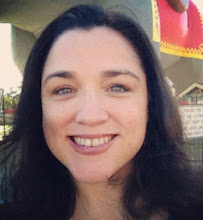



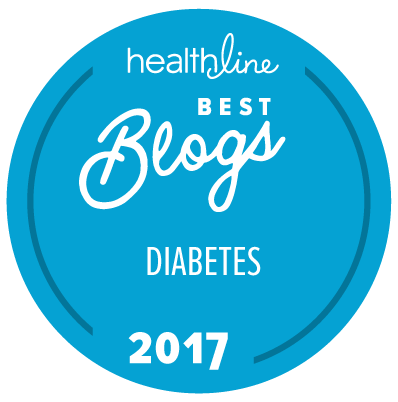
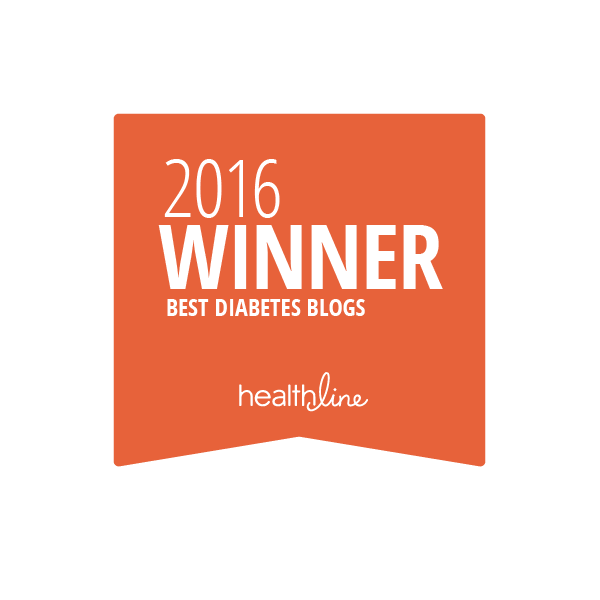
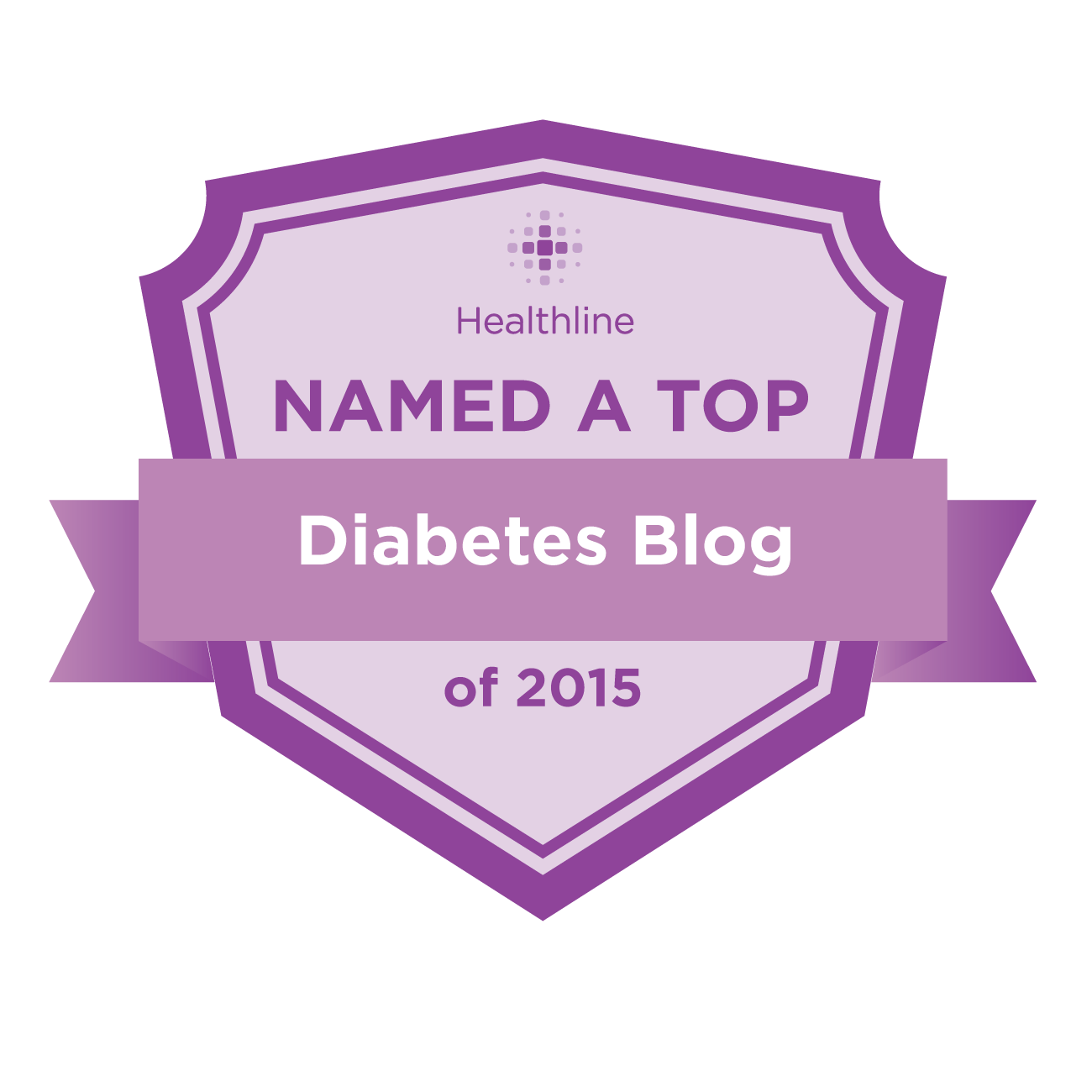












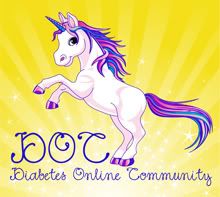








3 comments:
WOW, that is powerful Kelly. Thanks for sharing ... I had no idea.
Wow.
In On April 28, 2002 a F4 tornado ripped through my hometown of LaPlata, MD. I was living about 20 miles away at the time. It was devastating.
Thank you for sharing....and I'll pray for your home's recovery.
Wow. Amazing!
Post a Comment